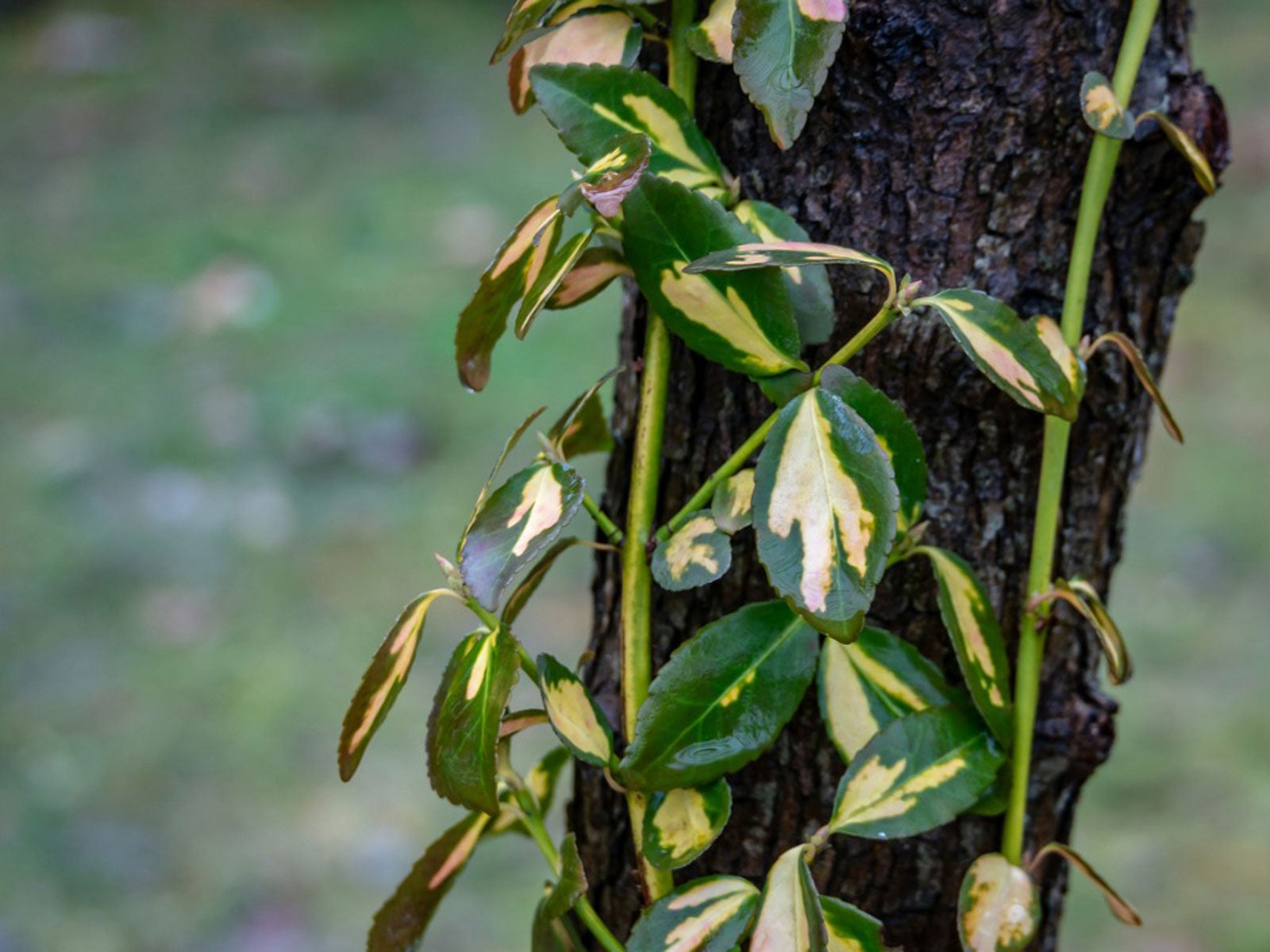Wintercreeper Control – How To Get Rid Of Wintercreeper Plants


Wintercreeper is an attractive vine that grows in nearly any condition and stays green year-round. Wintercreeper is a serious challenge in many areas though. Invasive wintercreeper grows in USDA plant hardiness zones 4 through 9.
How to get rid of wintercreeper? Managing this bully of the plant world isn’t easy. It requires hard work, persistence, and patience. Read on to learn about wintercreeper management.
About Wintercreeper Control
Invasive wintercreeper was introduced in North America from Asia in the early 1900s. It is an opportunistic plant that invades forests damaged by insects or fires. The dense mat of vines prevents the growth of seedlings, robbing moisture and nutrients from the soil.
Since it threatens native plants, invasive wintercreeper also threatens native butterflies. It can even climb up shrubs and trees to 20 feet (6 m.) thus, smothering them and preventing photosynthesis, which can eventually weaken or kill the plant.
Here are some methods for controlling this plant:
- Don’t purchase the plant. This may sound like a no-brainer, but many nurseries continue to sell invasive wintercreeper as easy-to-grow ornamental plants. Growing in the wild, it has escaped the confines of domestic gardens.
- Control the plant by pulling. Hand pulling is the most effective means of wintercreeper control if the area isn’t too large, although you may have to keep at it for a few seasons. Pull gently and slowly. If you leave any roots intact, they will regrow. Pulling is most effective when the ground is damp. Pick up the pulled vines and destroy them by composting or chipping. Don’t leave any roots on the ground because they will take root. Continue to pull sprouts as they pop up.
- Smother the invasive plant with cardboard. A thick layer of cardboard and mulch will smother the plant (along with any other plants under the cardboard). Trim the vines with a weed trimmer first and then cover them with cardboard extending at least 6 inches (15 cm.) beyond the outer edge of the wintercreeper patch. Cover the cardboard with a thick layer of mulch and leave it in place for at least two growing seasons. For even better control, layer cardboard and mulch to a depth of 12 inches (31 cm.).
- Mowing or trimming the invasive plant. Many weeds are kept in check by mowing or trimming, but wintercreeper isn’t one of them. Mowing may encourage more rampant growth. However, mowing or trimming before applying cardboard or spraying with herbicides may make those techniques more productive.
Your local cooperative extension can offer more information about safe controls in your area.
Sign up for the Gardening Know How newsletter today and receive a free copy of our e-book "How to Grow Delicious Tomatoes".

A Credentialed Garden Writer, Mary H. Dyer was with Gardening Know How in the very beginning, publishing articles as early as 2007.